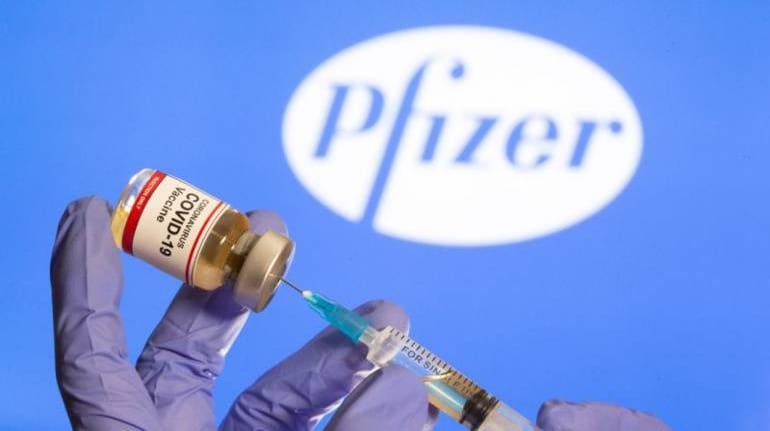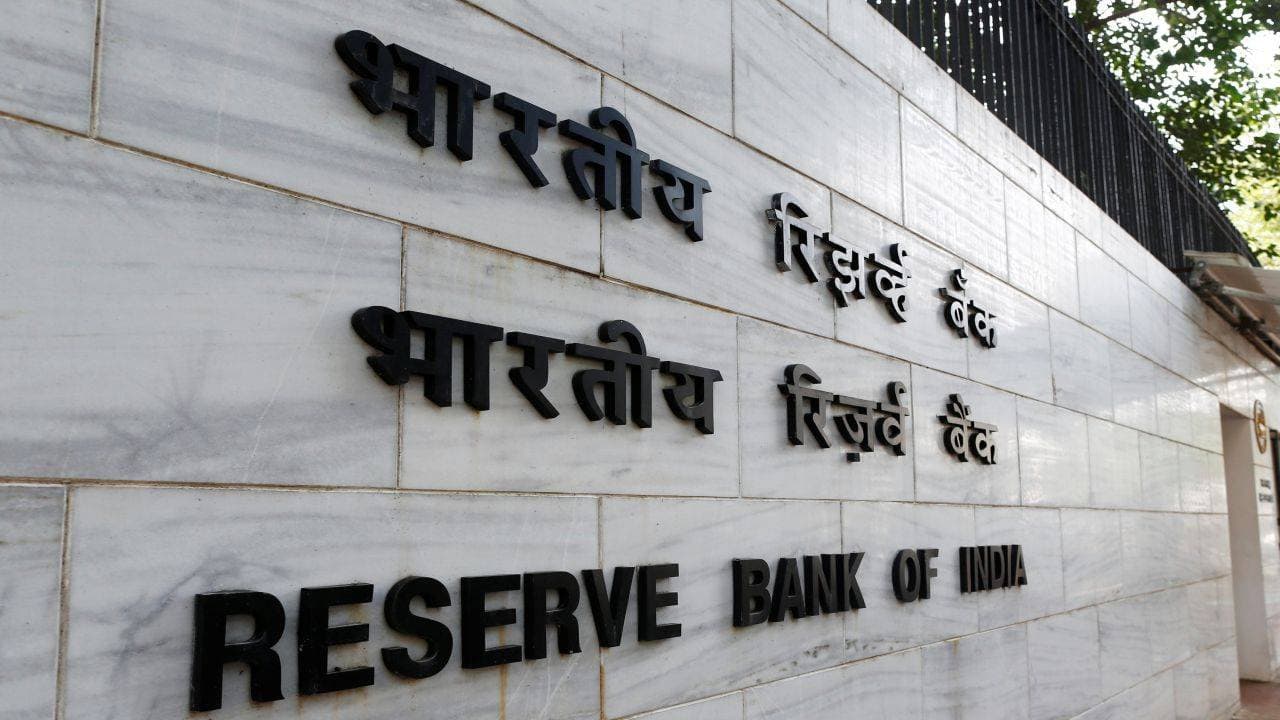Pfizer says supply chain challenges contributed to slashed target for COVID-19 vaccine doses in 2020
Pfizer has said in recent weeks that it anticipates producing 50 million doses of its COVID-19 vaccine this year. That is down from an earlier target of 100 million doses. Pfizer's vaccine relies on a two dose regimen, meaning 50 million doses is enough to inoculate 25 million people.
Reuters
Dec 4, 2020 / 08:03 AM IST
Challenges in Pfizer Inc's supply chain for the raw materials used in its COVID-19 vaccine played a role in its decision to slash its 2020 production target, a Pfizer spokeswoman told Reuters.
Pfizer has said in recent weeks that it anticipates producing 50 million doses of its COVID-19 vaccine this year. That is down from an earlier target of 100 million doses. Pfizer's vaccine relies on a two dose regimen, meaning 50 million doses is enough to inoculate 25 million people.
A company spokeswoman said the "scale-up of the raw material supply chain took longer than expected." She also cited later-than-expected results from Pfizer's clinical trial as a reason for the smaller number of doses expected to be produced by the end of 2020.
The spokeswoman added that the modifications to Pfizer's production lines are now complete and finished doses are being made at a rapid pace.
The Wall Street Journal was the first to report the news. It reported that an unnamed person directly involved in the development of the Pfizer vaccine said “some early batches of the raw materials failed to meet the standards," which caused production delays.
Pfizer applied in November for emergency authorization for its COVID-19 vaccine from U.S. regulators. U.S. officials said they expect its vaccine to get regulatory clearance this month. The U.S. government expects its first allocation of the vaccine to include 6.4 million doses, with more to follow.
Regulators in the U.K. have already authorized Pfizer's vaccine for use in that country.












_2020091018165303jzv.jpg)



























